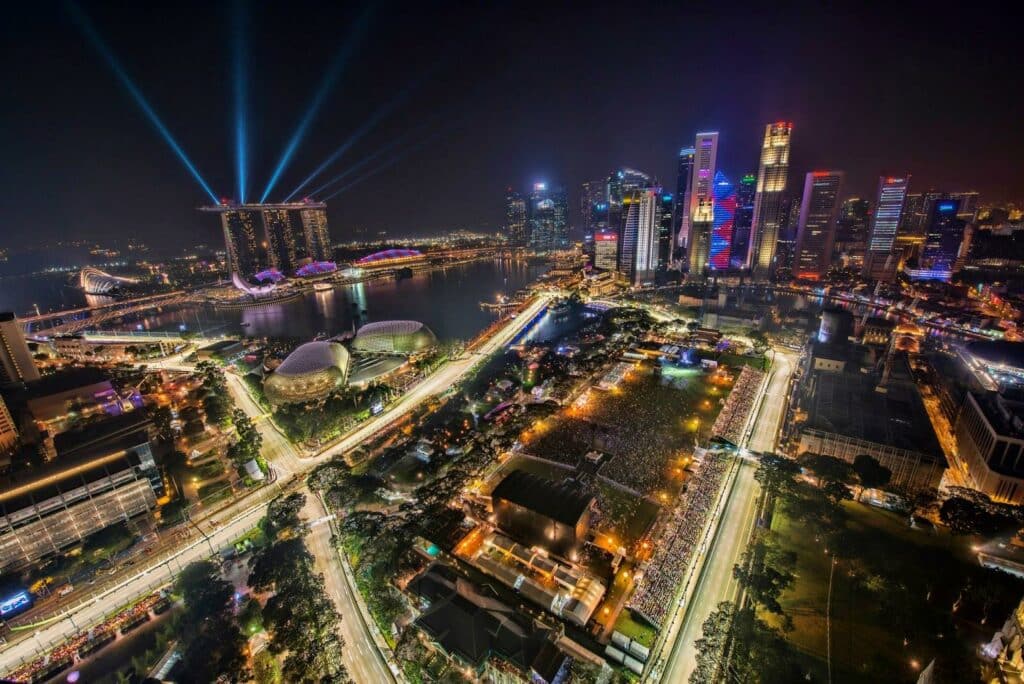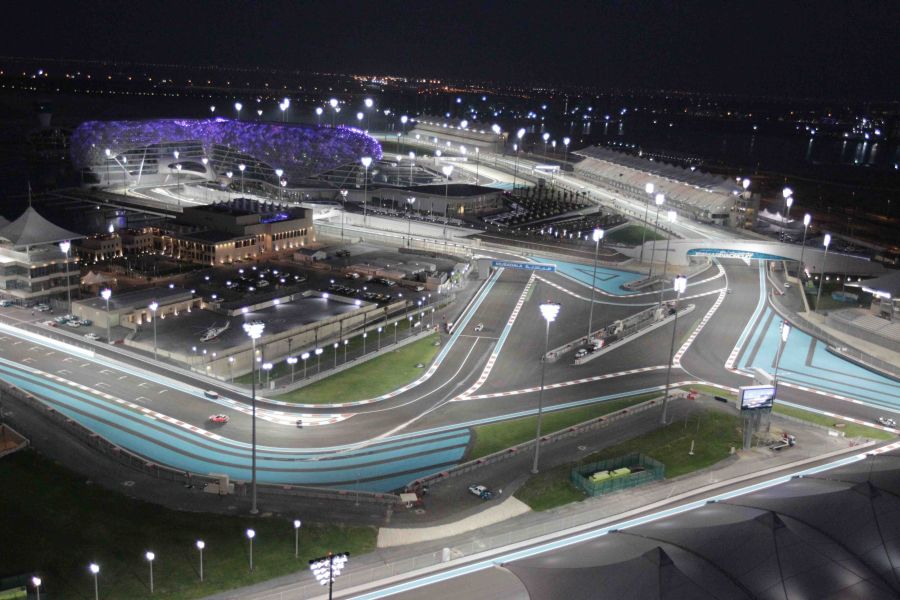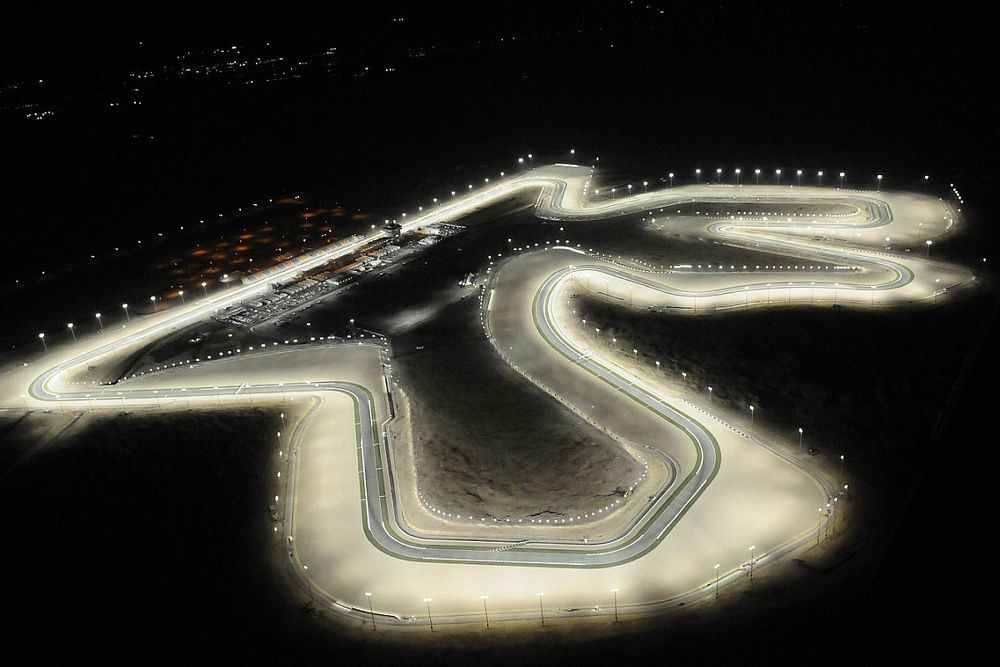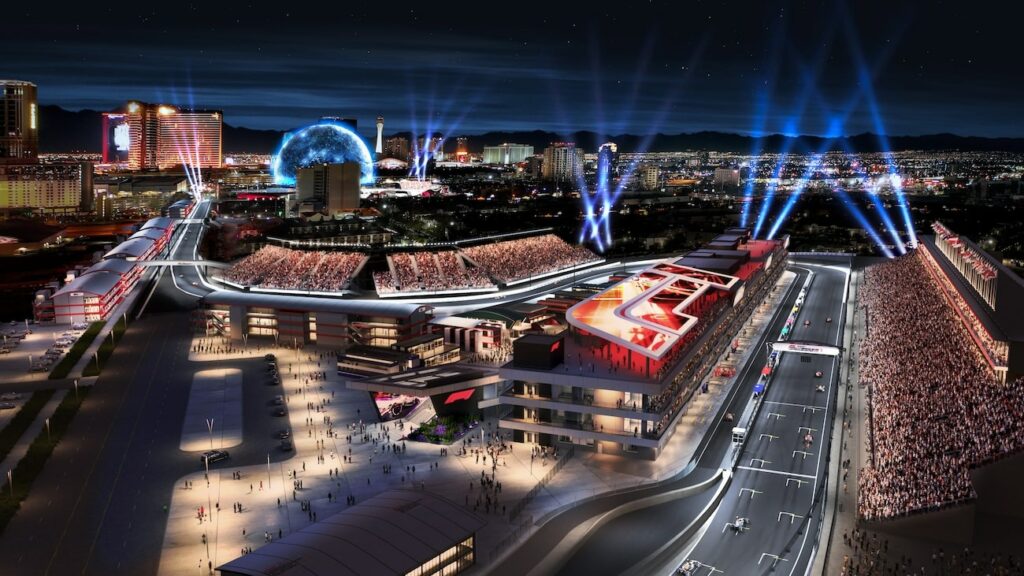F1 Night Races: A New Era in Formula 1 Racing
Formula 1's introduction of night races was not merely an aesthetic choice but a strategic shift that transformed the landscape of the sport. Launched in 2008 with the inaugural Singapore Grand Prix, night races are now an essential part of the F1 calendar.
By holding races at night, organizers can broadcast events during peak viewing hours in European markets. And because the track temperature is quite low, it also questions the teams if they need a better strategy to work with the different variables.
In 2023, six night races out of the total of 23 will be held in Bahrain, Saudi Arabia, Singapore, Qatar, Las Vegas, and Abu Dhabi.
Evolution of Night Races in Formula 1
The history of night races in Formula 1 added a fascinating chapter to the sport. It all began in 2008, with the inaugural Singapore Grand Prix. The idea was daring and fresh, a way to bring the races to European audiences at a more comfortable viewing time.
The transition to nighttime racing required careful planning and a new approach to technology. As you can imagine, the traditional daytime settings were no longer applicable. The sport's governing bodies had to collaborate with engineers to create suitable conditions for racing after dark.
Historically, racing under artificial lights was not entirely new to motorsports, but Formula 1's demands were far higher. The solution needed to be precise and scientifically robust. Multiple tests and trials led to the development of a lighting system that could replicate daylight conditions, without glare or shadows.
Drivers, too, adapted their techniques, learning to navigate a track bathed in artificial light. Training protocols evolved, and new benchmarks were established.
Over time, night racing became an anticipated feature on the F1 calendar which is now celebrated by fans and participants alike.
Iconic Night Races Around the World
Singapore Grand Prix

The Singapore Grand Prix, hosted at the Marina Bay Street Circuit, stretches 5.063 km and boasts 23 demanding turns. Inaugurated as Formula 1's first night race, it employs nearly 1,500 lighting projectors, illuminating the track to 3,000 lux. This is pretty much as bright as daylight.
The strategically placed lights ensure optimum visibility for drivers and a vibrant spectacle for viewers. Over the years, this race track has become a hallmark event, admired for both its intricate course design and advanced lighting technology.
Abu Dhabi Grand Prix: Yas Marina Circuit

The Yas Marina Circuit in Abu Dhabi spans 5.554 km and contains 21 varied turns. Serving as the stage for the final race of the Formula 1 season, it’s known for luxurious amenities and its intelligent design that offers various overtaking opportunities.
The track is also unique being the only track with twilight timing. Essentially, the lights positioned around the track smoothly transition the race from dusk into the night, encapsulating Formula 1's commitment to innovation and excellence. Trust me, if you've witnessed a night race here in person, it'll be one to remember.
Qatar Grand Prix: A New Addition to the Night Race Calendar

The Qatar Grand Prix takes place at the Lusail International Circuit, close to Doha. Since starting in 2021, this night race has quickly become a favorite and has been signed to continue for at least 10 years.
Lusail, the city where the race is held, is near Qatar's capital and known for its cool buildings and fun places to eat and shop. The challenging track and unique location make the Qatar Grand Prix an event to look forward to in the Formula 1 calendar.
Emerging Night Races
Las Vegas Grand Prix: Racing on the Strip

Las Vegas which was once an F1 host in the early 1980s, is now finally ready to rejoin the calendar.
This year in November 2023, Formula 1 will bring speed and excitement to the Las Vegas Strip with a thrilling night race. It is set on a 6.12 km circuit, and the track includes 14 challenging turns along with three straights. Experts consider it to be promising enough to be comparable with the fastest circuits like Autodromo Monza.
The race's location on the Las Vegas Strip is in front of iconic landmarks like Caesars Palace and the Bellagio which only makes fans more eager for November to roll in. Staged under lights on a Saturday night, the race will merge the city's legendary nightlife with the thrill of high-speed competition.
Bahrain Grand Prix: A Middle Eastern Night Race Experience
Since becoming a night event in 2014, the Bahrain Grand Prix has become a symbol of innovation, utilizing over 495 lighting poles to illuminate the 5.412 km circuit with 15 challenging turns.
Cooler temperatures at night contrast the hot desert days, affecting tire strategies and car aerodynamics. This change in conditions has really enhanced the thrill and added a whole different layer of complexity.
Plus, due to the nature of weather conditions in the Middle East, it makes for one hell of a thrilling track for the Grand Prix.
Saudi Arabian Grand Prix: Racing in Jeddah
Saudi Arabia is proudly hosting one of the Saturday night races in the 2024 Formula 1 season, cementing its place as an emerging hub for Grand Prix racing. The thrilling night race will take place on the streets of Jeddah on March 9, a change aligned with the Muslim holy period of Ramadan.
This significant event highlights Saudi Arabia's growing influence in the sport and its commitment to enhancing the F1 experience. The excitement of the night race is part of a record 24-race season, including back-to-back weekends with Bahrain.
Saudi Arabia's integration into the world of Formula 1 symbolizes a blend of tradition and modernity, showcasing the nation's ability to host premier global sporting events.
How Night Race Culture Has Changed The World Of F1
Ever watched a Formula 1 race at night? If not, you're missing out on something truly special. Night races have transformed the way we experience the sport, both from the stands and the living room sofa.
Let's talk about the impact on the global audience first. By scheduling races during prime evening hours in key places like Europe and the Americas, Formula 1 has made itself more accessible to fans across the world. And that's not just good for viewership; it's been a boon for local economies as well, boosting tourism and putting host cities in the global spotlight.
But what really sets night races apart is the sensory experience. Picture the gleaming track under high-tech illumination, the intensified roars of the engines, and the enhanced ambiance that creates a thrill you can almost feel through the screen.
What Does The Future Hold For F1 Night Races?
Night races have become quite special in the world of Formula 1. Fans around the world tune in to watch the cars zoom around tracks lit up like daylight and I have to say, it’s a sight to behold.
But what does the future hold for these exciting events?
First, let's talk about the lights. It’s only a matter of time before dynamic lights make it to the scene. Imagine lights that change color and brightness as the race goes on, reflecting the drama on the track. It's an idea that could soon become reality.
Then, there's the possibility of more night races in new places. Formula 1 wants to reach more fans, so it’s quite likely that we might see nighttime races in cities and countries that have never hosted them before. After all, this year alone, we are expecting 6 Grand Prix races to happen at night.
What makes night races so appealing is the mix of speed and spectacle. There's something about the way the cars look under the lights, the way the engines sound, and the way the crowd reacts that makes it all feel even more magical. As the sport continues to grow and innovate, night races promise to become exciting and visually stunning.
FAQ: F1 Night Races
When Did Night Races Start In Formula 1?
Night races were introduced to Formula 1 in 2008, beginning with the Singapore Grand Prix.
How Many Night Races Are Scheduled For The 2023 Season?
There will be six night races in 2023, located in Bahrain, Saudi Arabia, Singapore, Qatar, Las Vegas, and Abu Dhabi.
What's Unique About The Abu Dhabi Grand Prix's Twilight Timing?
Abu Dhabi's race starts at dusk and transitions into the night, providing a unique visual experience.
Is Saudi Arabia Hosting A Night Race In 2024?
Yes, Saudi Arabia is hosting a Saturday night race on March 9, 2024, symbolizing its emerging role in Grand Prix racing.
Who Has The Most Wins In F1 Night Races?
Lewis Hamilton holds the record for the most wins in Formula 1 night races, with a total of 16 victories. His impressive performance in night races has earned him the title of "King of the Night.
What's The Significance Of The Inaugural Night Race In Saudi Arabia?
The night race in Saudi Arabia, hosted at the Jeddah Corniche Circuit, marks a thrilling addition to the F1 calendar, symbolizing the nation's growing influence in the sport.
Where Was The First Ever Night Race Held?
The first ever night race in Formula 1 was held at the Singapore Grand Prix. It took place at the Marina Bay Street Circuit in 2008, marking a major milestone in the sport's history.
Conclusion
Formula 1's introduction of night races has been more than just for visuals. This is because it has also introduced the need for new strategies due to temperature and other differences. Starting with Singapore in 2008, night races have now become an F1 highlight, with six prominent races in 2023 alone.
The shift has allowed European audiences to enjoy prime-time viewing, and the advanced lighting technology has transformed races into breathtaking spectacles. Racing experts predict it’s only a matter of time before night races dominate the Grand Prix completely.
Sources: